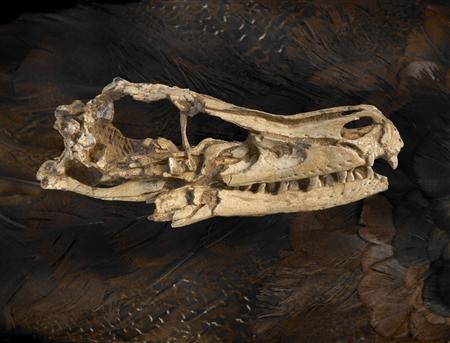Scientists recently studied how the bird beak may have evolved by growing dinosaur-like snouts on chicken embryos. In order to this, they blocked two proteins activated when chicken embryos grow their beaks.
Lead by Bhart-Anjan S. Bhullar, the researchers Zachary S. Morris, Elizabeth M. Sefton, Atalay Tok, Masayoshi Tokita, Bumjin Namkoong, Jasmin Camacho, David A. Burnham and Arhat Abzhanov caused the jaws of the chicken embryos to "revert" to a velociraptor-like snout.
The changes were observed in the chicken embryos that developed until they were about to be hatched. Findings, which were published in the journal Evolution, revealed that the palates of the birds on the roof of their mouths also became dinosaur-like.
In a statement from Yale University, Bhullar said the unexpected result proves how "a single, simple developmental mechanism can have wide-ranging and unexpected effects."
Bhullar said the goal of the study was not "to create a 'dino-chicken' simply for the sake of it" but to have a better understanding of "the molecular underpinnings of an important evolutionary transition."
The researchers compared the activation of genes in birds to that in reptiles whose jaws formed during embryonic development to find factors possibly responsible for beak development. They discovered two proteins only activated in birds, which were the ones they blocked.
Aside from suggesting the kinds of evolutionary changes that led to the beak development, the findings also help illustrate the undiscovered "missing link" species between dinosaurs and birds, which are believed to have evolved from dinosaurs except that have very different jaws.
The velociraptor, a bird-like dinosaur, has two bones at the tip of its upper jaws, which are fused to form a beak in birds.



























